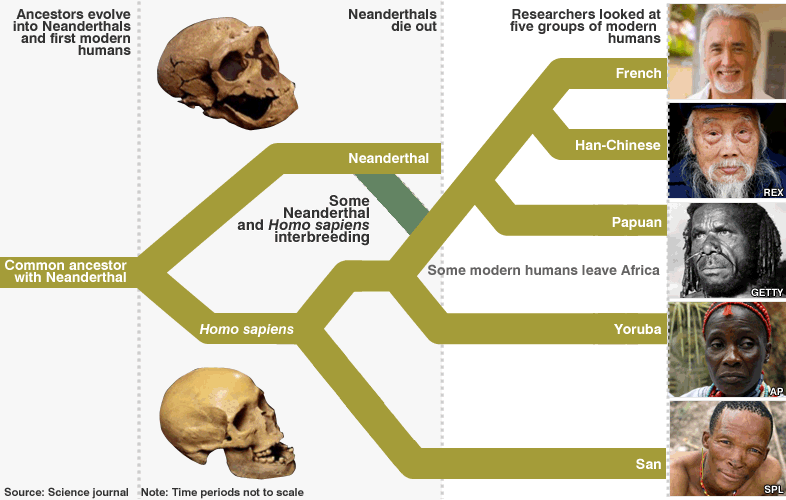Scientist have been able to use DNA sequencing to trace back to the origins of human history. The new science of Human Evolution Genetics studies how natural selection, human demography and lifestyle has shaped the patterns of diversity of the human genome in different populations worldwide. It also studies how infectious diseases has shaped human genes involved in immunity critical for our past and present survival. It is a study of molecular genetics combined with population genetics immunology, epidemiology as well as anthropology. Using DNA sequencing, researchers have been able to map the migration of early humans, and enables us to learn more about where we came from. Sequencing technologies are also used for individuals to track back where their DNA came from.
The Genographic Project In 2005, National Geographic launched the Genographic Project, a five-year genetic anthropology study that aims to map historical human migration patterns by collecting and analyzing DNA samples from over 100,000 people across five continents. (55) Click on logo for a link to the projects home page. |
 Figure (57) | FamilyTreeDNA FamilyTreeDNA is a commercial genetic genealogy company that offers analysis of autosomal DNA, YDNA, and mtDNA to individuals who would like to know more about their genealogy. Family Tree worked in partnership with National Geographic for the genographic project, and still collects a lot of data to used in analyzing ancient human activity. (56) The phylogeographic distribution of human mitochondrial DNA variations allows a genetic approach to the study of modern Homo sapiens dispersal throughout the world from a female perspective. The first detectable expansion occurred around 59,000-69,000 years ago from Africa, independently colonizing western Asia and India and, following this southern route, swiftly reaching east Asia. More recent migrations have entangled but not completely erased these primitive footprints of modern human expansions. (57) |
HapMap
Started in 2003, the International HapMap project is a partnership of scientists and funding from agencies of many nations to develop a public resource that will help researchers find genes associated with human disease and response to pharmaceuticals. (58) Although the DNA sequence of any two people is 99.9% identical, the variations in the .1% influences how people differ in their risk of disease of their response to drugs. (59) Discovering the DNA sequence variants that contribute to common disease risk offers one of the best opportunities for understanding the complex causes of disease in humans. HapMap attempts to study the small variations of genetic sequences, called haplotypes, and their links to populations. (59) The goal of the project is to identify genetic contributions to disease. (60)  |  Figure (60) |
Technological advancements in DNA sequencing has allowed us to discover more about where we came from and our ancient history. In the past we had not known that we had any ancestors from the neanderthals, but new DNA sequencing technologies has led us to discover that neanderthals and homo sapiens in fact, did interbreed. Figure (61)

